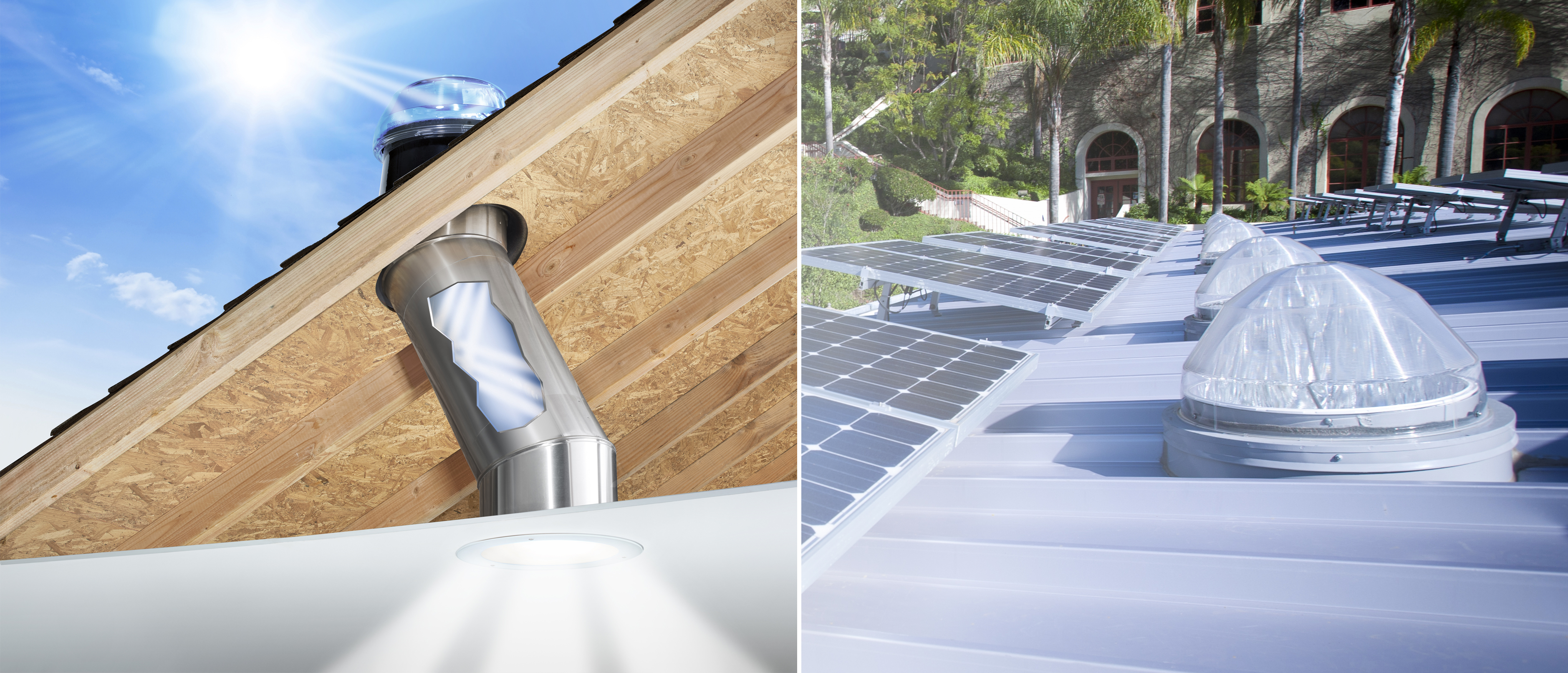
Daylight Savings Time is back, giving most of us another hour of daylight for the next six months. Studies have shown that humans are drawn to, and thrive, in environments infused with natural light. We’re happier, healthier and more productive in bright, sunny spaces, so it makes sense that, as builders and homeowners, we want to add sunlight to rooms where we spend our time.
Daylighting is an important energy-saving strategy for River Vine and a key factor in our ability to achieve Zero Net Energy and LEED Platinum certification. Part of our whole building design approach, daylighting works in tandem with River Vine’s systems, technologies and architecture to improve the building’s overall performance. Effective daylighting provides psychological, aesthetic, environmental and financial benefits, creating a pleasant, comfortable home that connects with nature while lowering energy consumption and costs by as much as 30%.
River Vine’s daylighting system is a blend of science and design, maximizing the distribution of sunlight into an occupied space, while minimizing any undesirable side effects.
Building Orientation
River Vine’s footprint is daylighting-optimized, with the building design elongated on its east-west axis to maximize the length of the southern and northern sides—an orientation that allows consistent daylighting, while minimizing glare from the rising and setting sun. Orienting both the façade and the floorplan to the sun’s path creates a balance between the admission of daylight and thermal comfort, controlling wintertime heat loss and summertime heat gain for greater energy efficiency. River Vine’s living and dining areas are thoughtfully designed with northern and southern exposures, allowing occupants to enjoy the sun’s warmth in winter and be shielded from direct sunlight in summer.
Windows and Skylights
The number of windows, as well as their orientation, placement and size are all critical to effective daylighting. River Vine’s exterior walls are 48% dual-glazed low-E glass—a climate-responsive window-to-wall ratio calculated by energy modeling. Floor-to-ceiling windows run along the sunny north elevation to bring the greatest amount of natural light into the home’s main living spaces. To optimize daylighting and passive solar heating, the window walls are divided into two areas—a lower glass area which provides both controlled daylighting and expansive vineyard views and an upper glass area with clerestory windows for continuous daylighting. Solatube tubular daylight devices add toplighting, channeling light from the roof into the room below.
Daylight Control
Visual comfort is built into River Vine’s daylighting strategy, with windows positioned and designed to control solar gains and glare. Solar shading devices protect the view windows, minimizing the amount of direct sun that enters the space. Roof overhangs and vertical louvered slats shade the north exterior walls, preserving the views while preventing direct beam penetration during both winter and summer months. A high-performance glazing system admits more light and less heat than a typical window, optimizing daylighting without negatively impacting the building cooling load in the summer. Motorized window blinds provide glare remediation at the touch of a button, giving occupants manual control.
Daylight-Responsive Electric Lighting
River Vine is designed to require minimal electric lighting during daylight hours, when windows and skylights provide sufficient illumination. An automated lighting control system supports River Vine’s daylighting design, employing advanced daylight-responsive technology to automatically dim or shut off electric lights when there is adequate ambient lighting from daylight alone. Continuous dimming ballasts and photocells in the light fixtures automatically sense the available light in a room and adjust the electric lighting to a pre-set level. Occupancy sensors turn off lights when a room is unoccupied.



